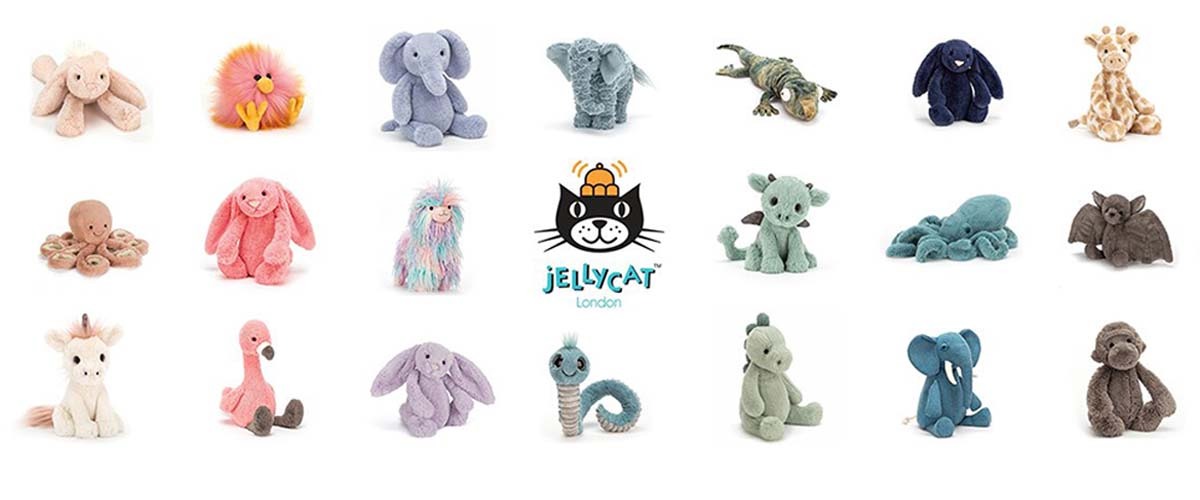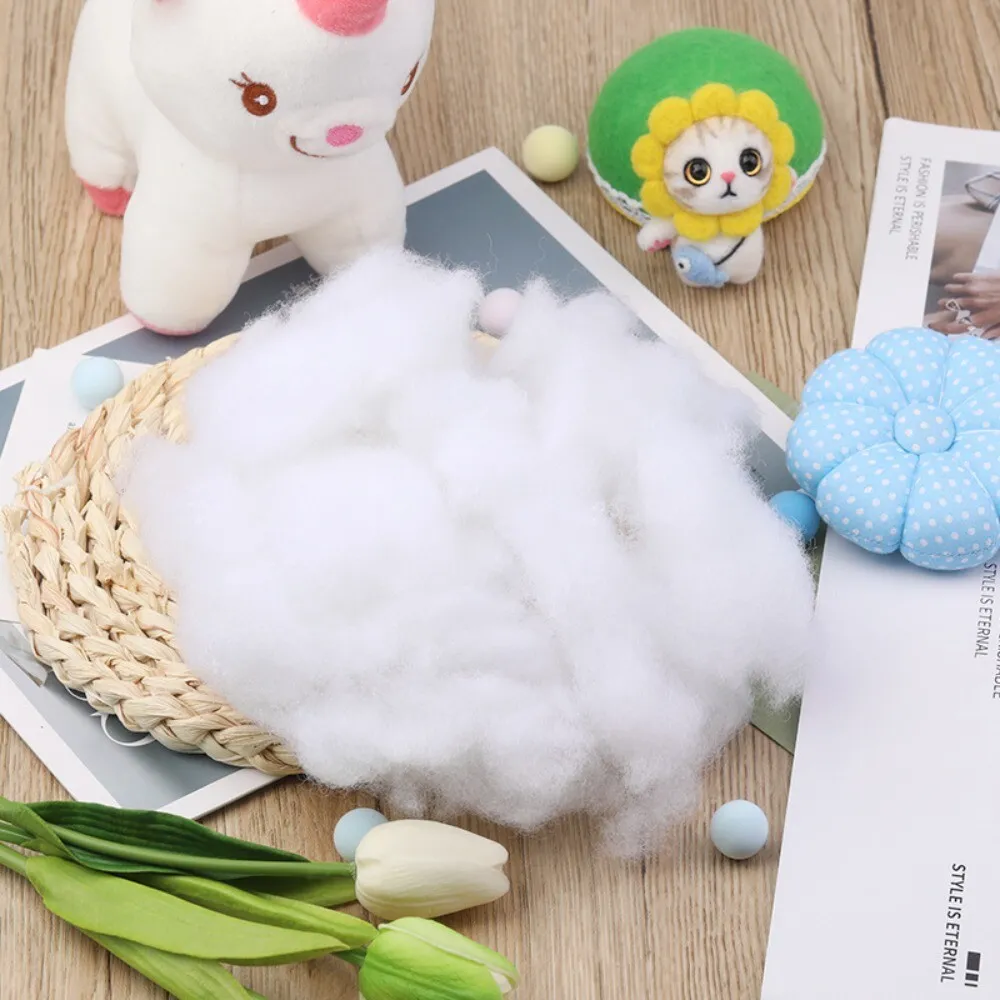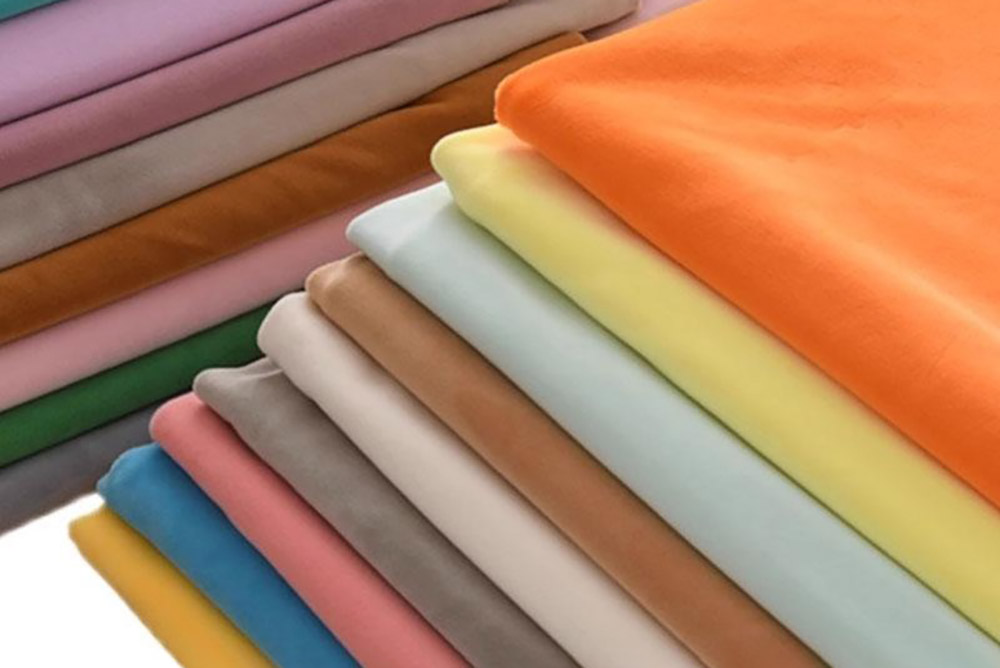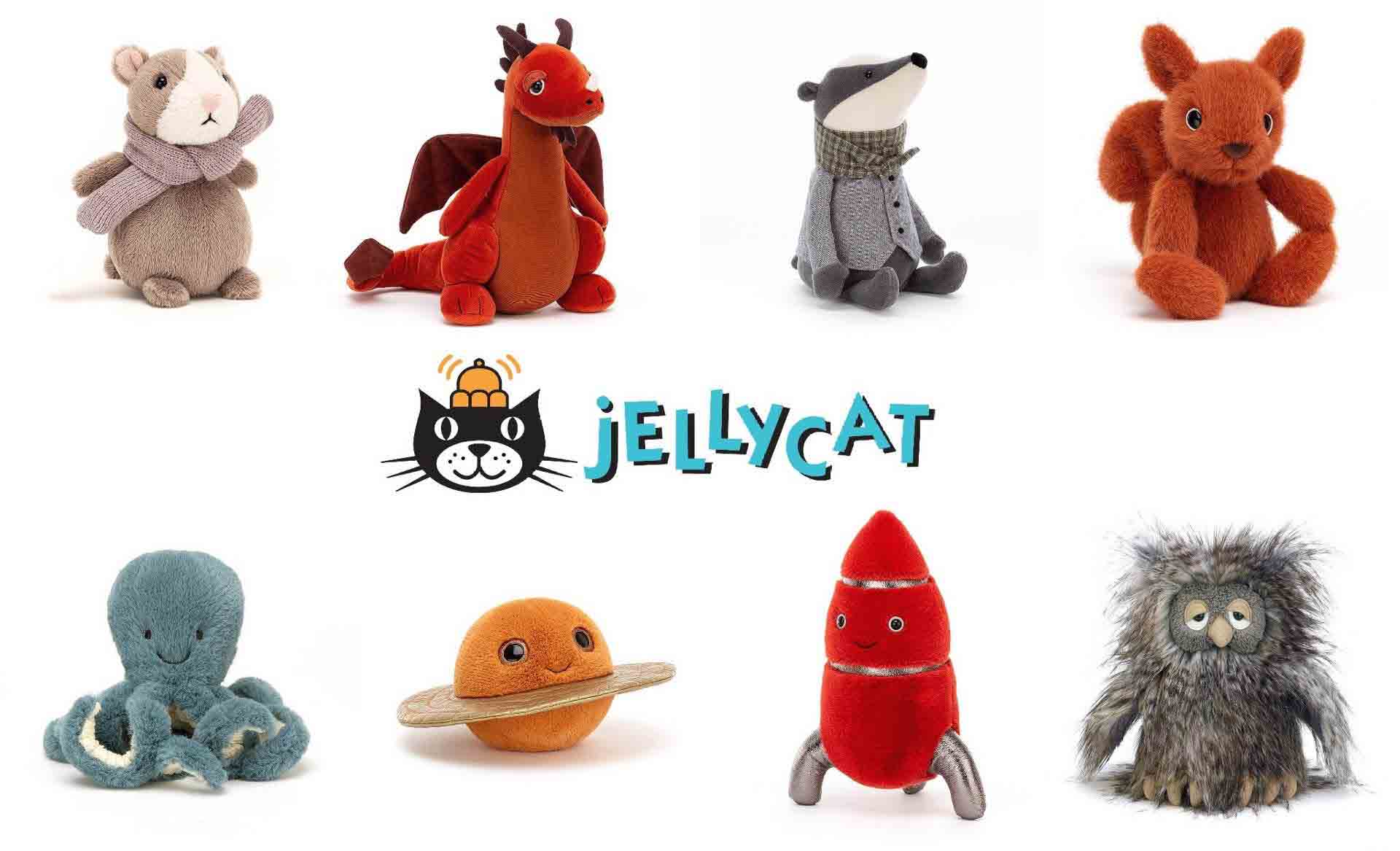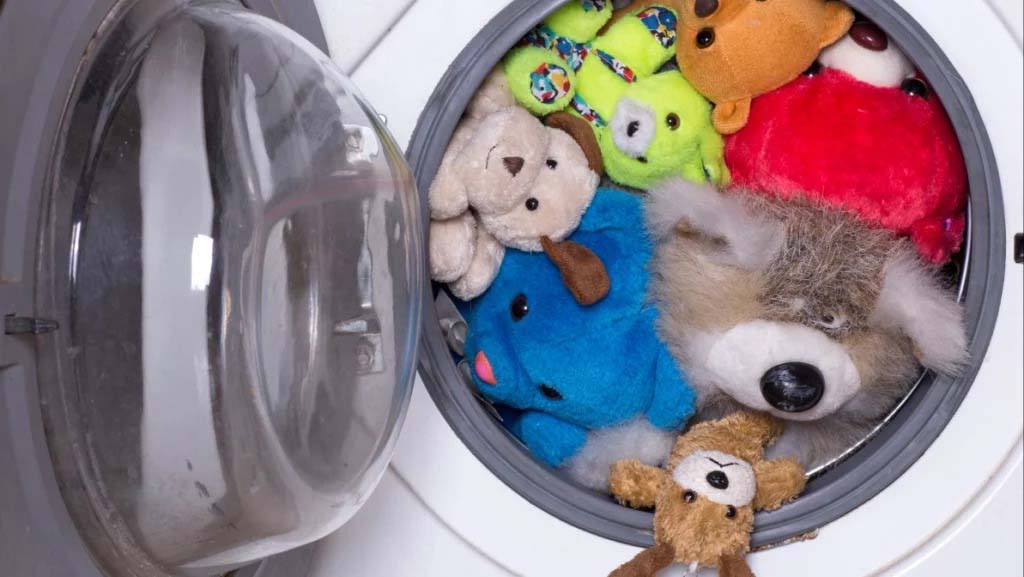When buyers look for plush toys, one of the first things they notice is the fabric. The fabric not only defines the softness and appearance of the toy but also influences how safe, durable, and marketable it is. For global brands, retailers, and promotional buyers, understanding plush fabric is the foundation of making the right sourcing decision.
Before we discuss the different types of fabrics or the latest trends, it is important to understand why plush fabric matters so much in the toy industry. A plush toy is more than a simple product—it is an emotional item that children hug, adults collect, and brands use to connect with customers. The fabric is what creates the first impression. If the surface feels soft, parents will feel it is safe for children. If the colors are bright and durable, retailers know the product will sell better on shelves. If the texture is unique, promotional buyers see value in using the toy as a marketing gift. In other words, plush fabric is not just a material choice; it is a business decision that can affect sales, brand reputation, and long-term customer loyalty.
That is why in plush toy manufacturing, choosing the right fabric is always the starting point. Let us begin by looking at what plush fabric actually is, and how it is used in toy production.
1. What Is Plush Fabric in Plush Toy Manufacturing?

Plush fabric is a textile with a raised, soft surface designed to create a smooth and comfortable feel. In plush toys, this fabric is used as the outer layer to deliver softness, warmth, and visual appeal. It is made mainly from synthetic fibers such as polyester, or from blends that include cotton or eco-friendly fibers.
The term “plush” comes from the French word meaning luxurious or soft, and this is exactly what buyers expect when sourcing plush toys. Unlike regular fabrics, plush has a pile surface—similar to velvet or fleece—that gives toys a fluffy, touch-friendly finish. For manufacturers like us at Kinwin, the right choice of plush fabric ensures that toys are not only beautiful but also durable enough to handle repeated hugs, washes, and handling in stores.
Plush toys are different from generic stuffed toys because the fabric is specifically designed to enhance the sensory experience. Children want to cuddle them, parents trust their safety, and retailers know they can sell faster in both offline and online stores. Plush fabric connects emotional comfort with commercial value.
| Feature | Plush Fabric | Regular Toy Fabric |
| Surface feel | Soft, fluffy, luxurious | Plain, less texture |
| Fiber base | Polyester, cotton blends, RPET | Cotton, felt, basic textiles |
| Market use | Premium plush toys, branded gifts | Low-cost or decorative toys |
| Durability | Strong against wear, easy care | Moderate, often less durable |
In short, plush fabric defines the identity of plush toys. Without it, a toy is just another stuffed product. With it, the toy becomes a trusted and marketable item that can carry your brand value.
2. Key Qualities of Fabrics Used in Plush Toys

When sourcing plush toys, buyers often ask: What makes a good plush fabric? The answer lies in the balance of softness, durability, and safety. Plush toys are held close to the body, often by children, so the fabric must deliver comfort while also meeting strict international standards.
One of the first qualities is softness. The tactile feel is the strongest selling point of a plush toy. Fabrics like velboa or minky plush provide a smooth touch that reassures both children and parents. Second is strength. Toys go through frequent handling, pulling, and sometimes machine washing, so the fibers must resist wear. Fabrics like tricot or coral fleece can handle repeated use without losing their shape. Third is safety. Plush fabrics used in toys must be free from harmful dyes and chemicals, and they should pass certifications like CE or ASTM.
From a business view, the qualities of fabric also affect brand reputation and customer retention. A plush toy that stays soft after months of use creates positive word-of-mouth. Retailers who stock toys with high-quality fabrics avoid returns and complaints. Promotional buyers get better ROI when their branded plush gifts remain attractive for longer.
| Quality | Importance for Buyers | Example Fabrics |
| Softness | Drives emotional value, makes toys huggable | Velboa, minky plush |
| Durability | Reduces product returns, extends shelf life | Coral fleece, tricot |
| Safety | Meets global standards, builds trust | Certified RPET, organic cotton |
| Washability | Essential for children’s toys | Polyester plush |
In the end, plush fabrics are not chosen for looks alone—they are selected for their performance in the market. Buyers gain when fabric quality is aligned with their target audience’s expectations.
3. Common Types of Plush Fabrics for Toys

The plush toy industry uses a wide variety of fabrics, each offering different textures, costs, and applications. Understanding these types helps buyers decide which fabric fits their product lines best.
One of the most popular fabrics is velboa, known for its short pile and smooth surface. It is cost-effective, easy to print on, and ideal for baby toys and mass-market plush animals. Another common option is minky plush, which has a longer, silkier pile and is often used for premium toys, blankets, or baby products. Faux fur is chosen for realistic animal plush or high-end collectible toys, while tricot is used as an inner lining or for parts that require strength. Eco-conscious buyers are increasingly interested in RPET plush, made from recycled plastic bottles, and organic cotton plush, which meets sustainability goals.
| Fabric Type | Features | Best Use |
| Velboa | Short pile, smooth, cost-effective | Baby toys, mass-market plush |
| Minky Plush | Long pile, silky, premium look | High-end toys, baby products |
| Faux Fur | Realistic, thick pile | Animal plush, collectibles |
| RPET Plush | Eco-friendly, recycled | Sustainable toy lines |
| Organic Cotton | Natural, safe, breathable | Infant toys, eco brands |
Choosing the right type depends not only on cost but also on brand positioning. A mass retailer may prefer velboa for affordability, while a designer toy brand may choose minky or faux fur for premium appeal. Promotional clients may prefer RPET plush to align with sustainability messaging. Each fabric type adds a different value story to the toy, and buyers who understand these options can make more strategic sourcing decisions.
4. Choosing the Right Fabric for Different Plush Toys

Not all plush toys serve the same purpose, so fabric selection must match the intended function. For baby toys, the priorities are safety, softness, and washability. Fabrics like velboa or certified organic cotton are perfect for this market. For character plush linked to entertainment brands, vibrant colors and long-lasting textures are important—minky plush or printed polyester fabrics deliver that visual impact.
In premium collectible markets, faux fur or high-pile plush helps create lifelike appearances, making the toys more desirable to adult buyers and collectors. For promotional toys, cost balance is critical, so velboa or RPET plush is often chosen, combining affordability with environmental responsibility.
| Toy Category | Fabric Recommendation | Reason |
| Baby plush | Velboa, organic cotton | Safe, washable, gentle |
| Licensed characters | Minky plush, printed polyester | Bright, detailed, durable |
| Collectibles | Faux fur, high-pile plush | Realistic, premium feel |
| Promotional toys | Velboa, RPET plush | Affordable, eco-friendly |
Matching fabric to function avoids costly mistakes. A premium brand cannot afford to use low-grade fabric that disappoints customers. At the same time, over-investing in expensive fabrics for promotional giveaways may reduce ROI. Buyers gain the best results when they align fabric choice with their target market and price positioning.
5. Safety and Compliance Standards for Plush Toy Fabrics

No matter how soft or beautiful a plush fabric looks, it must also meet global safety requirements. Buyers cannot risk sourcing toys that fail compliance checks in major markets like the USA or Europe. For this reason, all plush fabrics must be tested for chemical safety, flammability, and durability.
Key certifications include CE (Europe), ASTM F963 (USA), and EN71 (Europe). These ensure that fabrics are non-toxic, colorfast, and resistant to wear. Increasingly, buyers also ask for ISO-certified production processes and REACH compliance for chemical safety.
| Standard | Market | Focus |
| CE | Europe | General toy safety |
| ASTM F963 | USA | Mechanical, chemical, flammability |
| EN71 | Europe | Materials, mechanical safety |
| REACH | EU | Chemical substance safety |
| ISO 9001 | Global | Quality management |
For buyers, safety compliance is more than a legal requirement—it is a trust signal. Parents check labels before buying toys, retailers demand documentation, and promotional clients want to protect their brand reputation. Manufacturers like Kinwin invest in certified fabrics and third-party testing to ensure every plush toy can pass international import checks. When sourcing, buyers should always request test reports and confirm fabric compliance before placing large-volume orders.
6. Trends in Plush Toy Fabrics: Sustainability and Innovation

The future of plush toy fabrics is shaped by sustainability and innovation. Global buyers are moving away from purely synthetic options and seeking eco-friendly alternatives. RPET plush has become a leading choice, as it reduces waste and supports recycling goals. Some brands also request organic cotton plush, which avoids harmful pesticides and appeals to eco-conscious parents.
At the same time, technology is driving new possibilities. Digital printing allows plush fabrics to carry complex patterns and detailed designs, making character licensing more vibrant. Anti-bacterial and hypoallergenic finishes are also becoming common, especially for baby and healthcare-related plush products.
| Trend | Fabric Application | Buyer Benefit |
| RPET plush | Recycled polyester | Supports sustainability goals |
| Organic cotton | Natural plush toys | Safe, eco-conscious image |
| Digital printing | Character toys | High visual appeal |
| Antibacterial finish | Baby products | Extra health protection |
For buyers, these trends are not just “nice-to-have”—they are competitive advantages. Retailers can promote eco-friendly plush lines, brands can stand out with high-tech finishes, and promotional buyers can connect their campaigns with sustainability themes. Partnering with manufacturers who already work with these fabrics ensures faster adoption of trends and stronger positioning in the market.
Plush fabric is the heart of every plush toy. It defines comfort, safety, market value, and customer trust. By understanding the types, qualities, and trends of plush fabrics, buyers can make better decisions for their brands and customers. At Kinwin, we provide certified, customizable, and sustainable fabric options to help you succeed in every market. Reach out today to discuss your project and start developing plush toys that truly stand out.


